Sound Masking vs White Noise
Sound masking and white noise are two commonly used terms when discussing solutions for creating a more comfortable and productive auditory environment.
This article explores the differences between sound masking and white noise, helping you understand the history and relationship between the two. To do so, we first compare the two sounds, before considering the systems.
What is Masking Sound?
A masking sound is a random, wide range of sound, introduced into an environment to cover up unwanted noise. Masking sound spectrums are engineered to balance effectiveness and comfort, making noise less audible and conversations less intelligible and; therefore, less distracting.
Here are some key characteristics of sound masking sound:
The Sound: Sound masking is a carefully designed sound exhibiting a specific spectrum (typically specified between 100 to 10,000Hz). Levels decrease as frequency increases. It can be is perceived described as a soft, unobtrusive sound similar to airflow.
Effectiveness: The masking sound helps create a more comfortable and productive work environment by covering noise and conversation. It reduces the radius of speech intelligibility, making it harder for people to overhear or be distracted by nearby conversations. Masking sound is comfortable and, when properly implemented, tends to fade into the background.
Use: Masking sound is introduced by sound masking systems to increase the acoustical performance of facilities.
What is White Noise?
White noise includes all frequencies within the range of human hearing, at equal level. It’s often compared to the static heard between radio stations or the hissing of an untuned television. Here are some key characteristics of white noise:
The Sound: White noise encompasses a wide range of frequencies (typically 20 to 20,000Hz) at equal level per frequency. Subjectively, it sounds harsh.
Effectiveness: White noise can provide a masking effect, however, due to the poor subjective quality of the sound, it’s highly distracting and irritating.
Use: The original masking systems developed in the late 1960s and 70s used white noise generators, though they never technically introduced white noise into facilities. Regardless, the "white noise" name stuck and is now still commonly misused to describe even the new generations of sound masking technology. Today, white noise may be used for acoustical testing, but is never used in sound masking systems.
What is the Differences Between a Sound Masking and White Noise System?
When someone refers to a ‘white noise system’ (or ‘pink noise system’), it’s simply an incorrect term for a sound masking system. As noted, no system does – or should – introduce white noise into a space, due to the inappropriateness of this sound for this purpose. Thus, seeking to differentiate between systems based on whether they are called a ‘white noise’ or ‘sound masking’ system is flawed.
That is not to say that all sound masking systems are the same. Far from it. Systems vary dramatically in terms of their engineering, control performance, implementation process, adjustment (tuning) and reporting of results. Final performance may vary by 50% or more.
The actual product you’re investing in is the masking sound, which should be delivered consistently and precisely across your facility within the specified tolerances for both frequency and overall level. For a system to be capable of achieving this goal, it must first have sufficient control performance.
This is determined by the size of control zones and by the frequency and level adjustment provided within each zone. Control zones in open areas must be no larger than 92 square meters (1000 square feet) and an individual zone must be provided for each closed room. The system must then be properly adjusted or ‘tuned’ to meet the specified masking sound levels. Finally, your verification that the system is performing to spec comes in detailed reporting of measurements, conducted per the ASTM E1573-22 standard.
Practical Applications for Sound Masking
Understanding the practical applications of sound masking can provide a clearer picture of its benefits:
Open- and Closed-Plan Offices
Sound masking provides an ideal solution for increasing speech privacy and reducing distractions from nearby conversations or neighbouring rooms.
Healthcare Facilities
Sound masking helps protect patient privacy and reduce stress by masking conversations and other noises.
Public Spaces
Sound masking is effective in places like libraries and airport lounges to maintain a quieter environment and reduce noise pollution.
Benefits of Sound Masking
Increased Privacy: Sound masking protects privacy in offices and healthcare settings by making conversations less intelligible.
Reduced Distractions: Helps create a more focused work environment by masking background conversations and noises.
Enhanced Comfort: Provides a consistent background sound that can make a space feel more comfortable and less intrusive.
Final Thoughts on Sound Masking and White Noise
Understanding the difference between sound masking and white noise is essential when selecting the right system for your needs. Sound masking improves speech privacy and reduces distractions in professional and public spaces. ‘White noise’ is not used in masking applications and vendors referring to their products as such exhibit a lack of technical knowledge that suggests they’re not the best choice to provide masking sound for your space.
Choosing the appropriate sound management technique can create a more comfortable, productive, and enjoyable environment in an office or healthcare facility. Sound masking plays a vital role in managing acoustical environments, and understanding its characteristics will help you make an informed decision.
Ready to Improve Your Environment with Sound Masking?
If you want to learn more about how sound masking can enhance your space, increase privacy, and reduce distractions, contact our representative today! Our experts are ready to help you find the perfect solution tailored to your needs.


